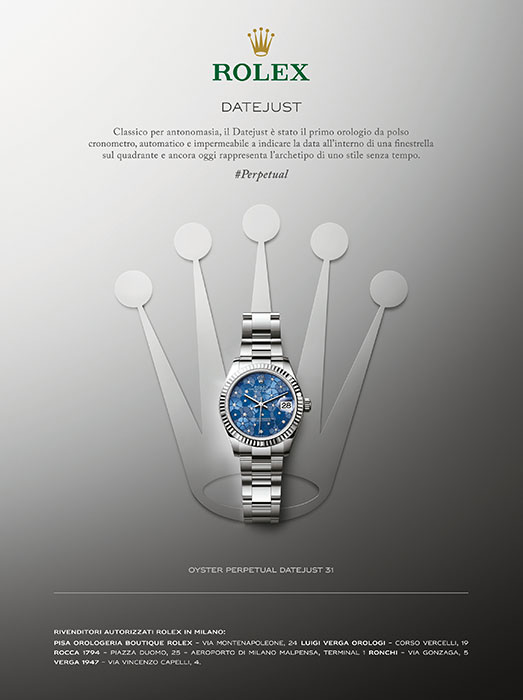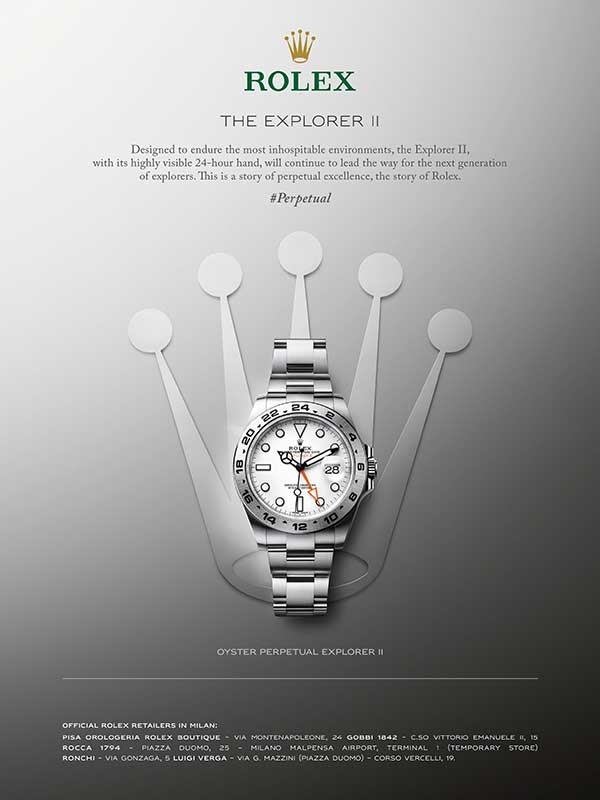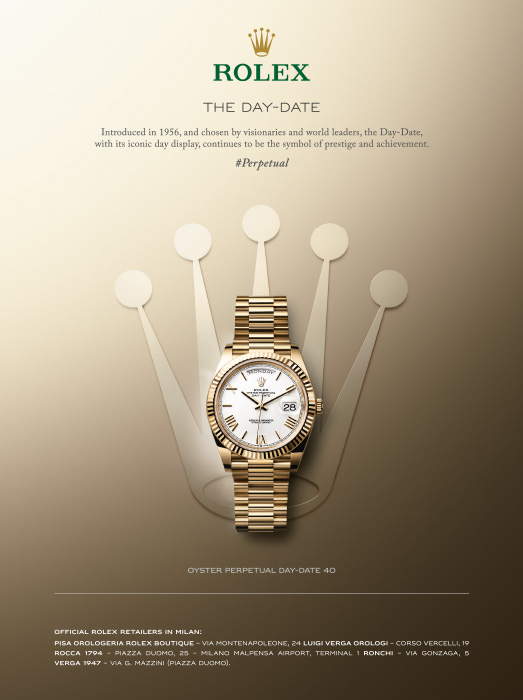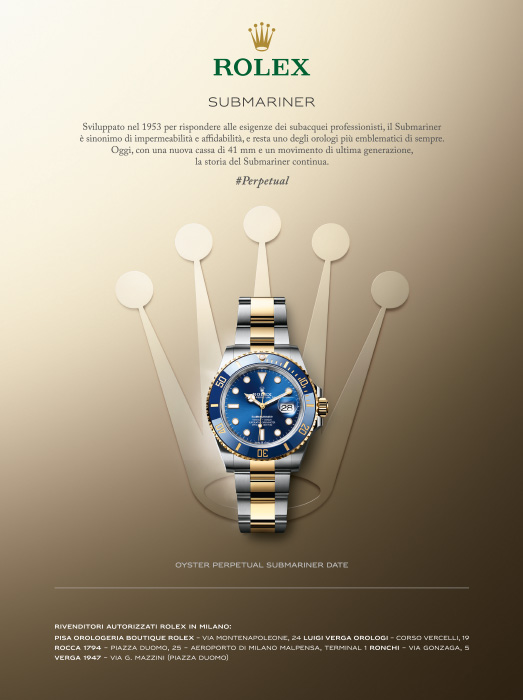…an urban castle with a fairytale ambiance, a magical hotel in the heart of Milan: this is Château Monfort, for the past four years, the Milanese 5-star castle.

The Liberty-style building in corso Concordia that hosts Château Monfort has a story, or rather, a fairytale to tell. The building exemplifies the illustrious ‘signature’ style of architect Paolo Mezzanotte (the brainchild behind the Milanese Stock Exchange, which just for the record is better known as Palazzo Mezzanotte). Mezzanotte not only designed the building but also ‘set his seal’ on its interiors, creating a series of magnificent graffiti that welcomes guests at its entrance. Like most castles, the façade has a solemn, almost austere appearance, but once inside, guests are enveloped by an irresistible, fairytale-like atmosphere, where colour and décor details do not in any way detract from its refined air of luxury. “I developed the concept of the hotel in 2008,” says Sofia Gioia Vedani (photo), CEO of Planetaria Hotels, the hotel group to which Château Monfort belongs.”
We found ourselves in a full-on financial crisis so I wanted to offer people a place that would serve as a welcoming retreat, with a theme related to childhood memories rather than the usual tired cliches; an emotion-filled world, evoking the courtyards and castles of yesteryear, like those described in fairytales.

Following a ‘slumber’ that lasted for close on thirty years, during which time this magnificent ‘palazzo’ was hidden under scaffolding, we restored it to its original splendour with a restoration project that lasted for four years, consolidating its structure and enabling us to build a basement floor.” The urban castle was inaugurated at the beginning of 2012 and since then has been a reference point for those in search of a fantastic, fairytale-like atmosphere, including business travelers (approximately 30%), leisure customers (70% of the total, mostly couples and families with children), Italians (25% of the total) or foreigners (the majority of whom come from Russia, Australia, the U.S., Japan, the UK and Germany). Average room occupancy accounts for 83% with peaks ranging from 60-70% at weekends, counter to the trend shown by other Milanese luxury hotels, which register a decrease in room occupancy at weekends. It is not by chance that this urban castle is the only Milanese facility to have been selected by Relais & Châteaux, a global fellowship of individually owned and operated luxury hotels and restaurants present in 60 countries.
A meld of fairytales and opera

Originality and fantasy are elements used to ‘furnish’ each room, starting from the hall, illuminated by a panoramic crystal dome. The area is further enhanced by coloured sofas and the Mezzanotte Lounge Bar – a reference to Cinderella and the clock striking midnight, and a tribute to the visionary architect who designed the entire building. The whole is offset by a stage that can be transformed into a theatre designed to accommodate up to 100 people for concerts and performances, in the blink of an eye. A white Yamaha concert piano, chosen by singer/songwriter Alberto Fortis, dominates the stage boasting a curtain, spotlights and side entrances.
The 77 rooms – each different from the other – literally leave you open-mouthed. “I collaborated with two set designers,” explains Vedani. “I wanted the fairytale theme to be handled in an original, sophisticated way, so that, especially in the bedrooms, it was immediately perceptible to those fully able to appreciate this decor. We designed all the furnishings, dreaming up bizarre, evocative touches especially linked to the fairytales that inspired ballets and operas.” Hence the use of fabrics featuring Chinese prints for the Turandot room, walls decorated with butterflies and kimonos for the Madame Butterfly room, a pumpkin-shaped pouf and a princess-style bed for the room dedicated to Cinderella, a four-poster bed supported by two enormous nutcrackers for the room inspired by the opera of the same name (see photo).

The rooms all boast magical mirrors, whimsical animals and amulets or objects including nursery rhyme characters that immediately conjure up childhood memories and allow each guest to indulge in their favourite fairytale fantasies.
The same fairytale-like atmosphere pervades the Ristorante Rubacuori di Château Monfort restaurant. The dining rooms of the restaurant also boast a dreamlike quality. The Sala del Dolce Risveglio welcomes guests amidst lamps shaped like cups and teapots, while its damasked walls are enhanced by old-world porcelain plates; The unique Sala del Rubacuori is furnished with tables and chairs with heart-shaped backs; The Alcova del Rubacuori features small romantic sofas boasting a chic-retro style, while the Sala della Caccia is reminiscent of a hunting lodge enhanced by fun décor elements.

Extending over 400 square metres, the Amore&Psiche Spa also offers a magical wellness experience. On-site amenities include a swimming pool a Turkish bath, a caldarium, a sauna, a relaxation area, cubicles for beauty treatments – the Spa uses organic products inspired by the exclusive Thai Pañpuri skincare range – as well as a Spa-suite for romantic couple getaways.
The restyling project has also resulted in the rebirth of the magnificent barrel-vaulted ceilings of the basement that now houses the ‘Secrets of the Castle’ with the Sala dell’Incantesimo which still retains its original oval shape and glittering curved walls, offering evocative plays of light mirrored in the sumptuous travertine marble floor; the Sala Le Segrete, a multi-purpose conference area featuring a blend of medieval and modern décor, and the Cella di Bacco, an exquisite wine cellar where guests can sample vintage wines and romantic aperitivi.
An internal turnover

A castle of this caliber demands a young manager. Experienced in working in hotels of the caliber of Starwood, the Four Season and the Marriott, Stefano Risolè debuted at Planetaria Hotels in 2005 as its guest relations manager, subsequently assuming the position of assistant front office manager of the Enterprise in Milan. Two years later he joined the staff at Baglioni Hotels as its rooms division manager.
Following the opening of Château Monfort, he moved to the Planetaria facility in Rome (the Pulitzer Hotel), later moving to the group’s hotel in Florence (Ville sull’Arno), before returning to Milan as the manager of Chateau Montfort. “Staff employed by the Planetaria group move around to experience different situations, environments and managerial positions,” says Risolè who then goes on. “The fil rouge that connects the nine hotels in the group (Editor’s note: divided between Milan, Rome, Trezzo sull’Adda, Florence and Genoa) is based on an in-depth vision and a policy targeted at respect for the environment. However, each place has its own personality and stems from an inspirational idea.”
[slideshow_deploy id=’47693′]
>> Official Website: www.hotelchateaumonfort.com
Article by Simona P. K. Daviddi
Translation by Carey Bernitz
Photos by Matteo Azzaroli






























